Wow so pretty and nice collection!
A tender evergreen shrub that will provide masses of colour from spring to early autumn. One of the best loved of all the summer bedding plants due to the long-lasting flowers, the pure white daisies with yellow centres look great above the rich green foliage. Like all marguerites, it needs a sunny spot for best results, and should be grown in pots which can be protected during the winter in frost prone areas.
Argyranthemum frutescens, also known as Marguerite daisy, Paris daisy or summersong primrose, it is often mistaken for a Shasta daisy or a chrysanthemum. Grown in flower beds or containers, this ornamental shrub develops a rounded bush of finely lobed leaves and blooms profusely from early spring to autumn in shades of white, apricot, pink, magenta, yellow or lavender. It is winter hardy in U.S. Department of Agriculture plant hardiness zones 10 to11, but these warmer climates cause Argyranthemum frutescens to grow woody and straggly. Pruning, pinching and deadheading help to maintain the shrub's shape and encourage repeat blooming.
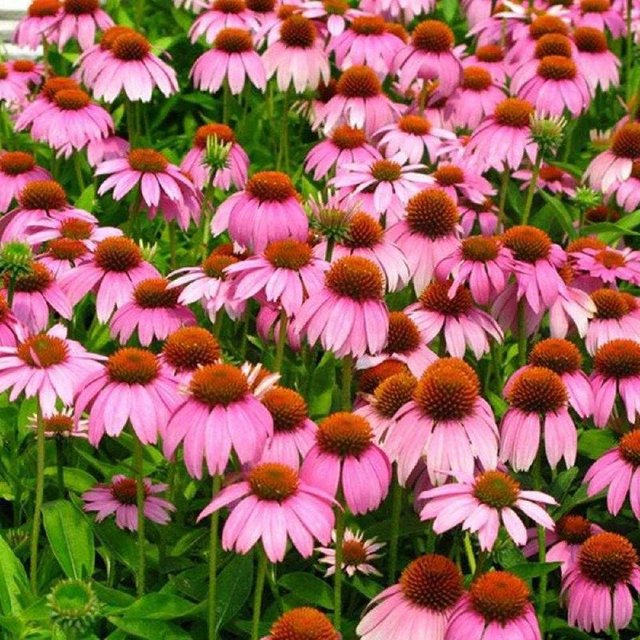
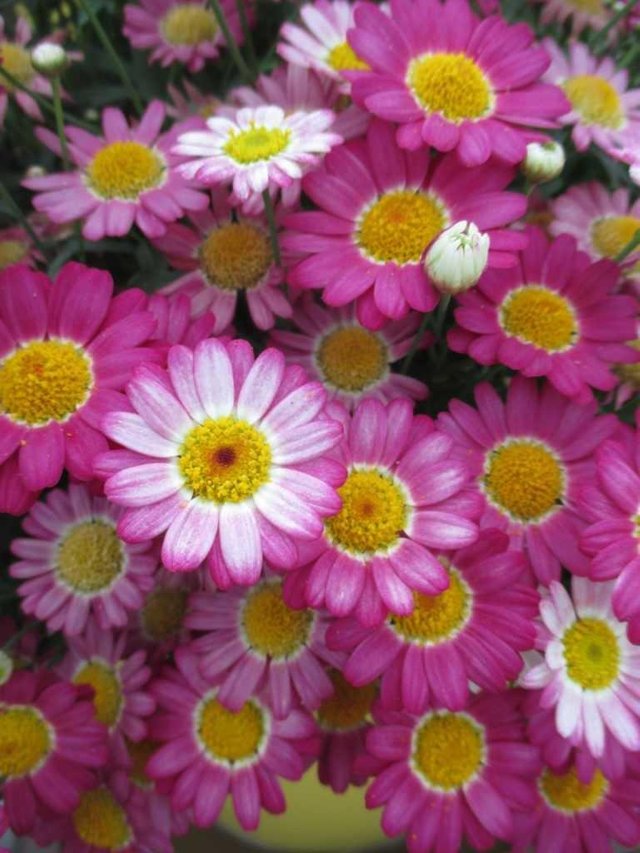
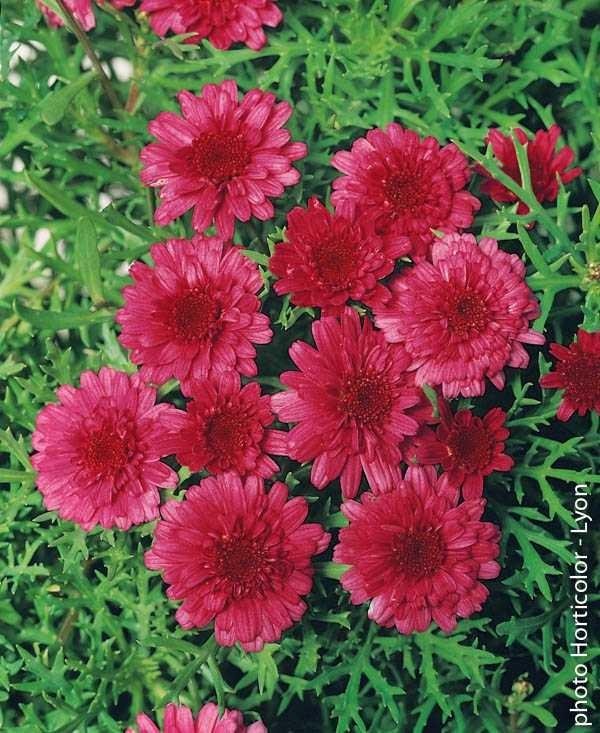
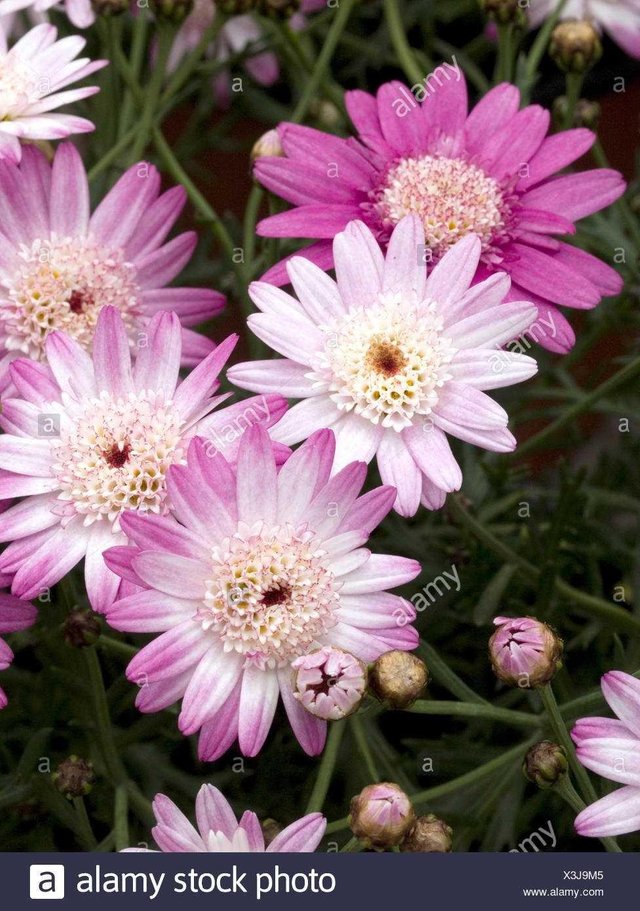
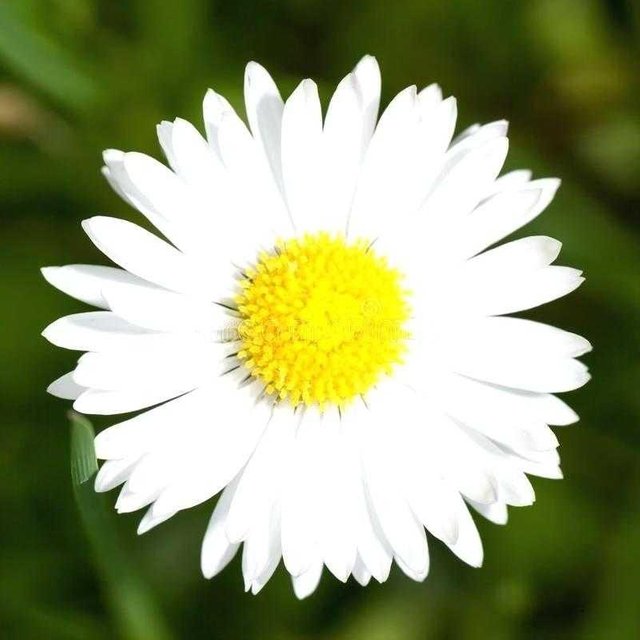
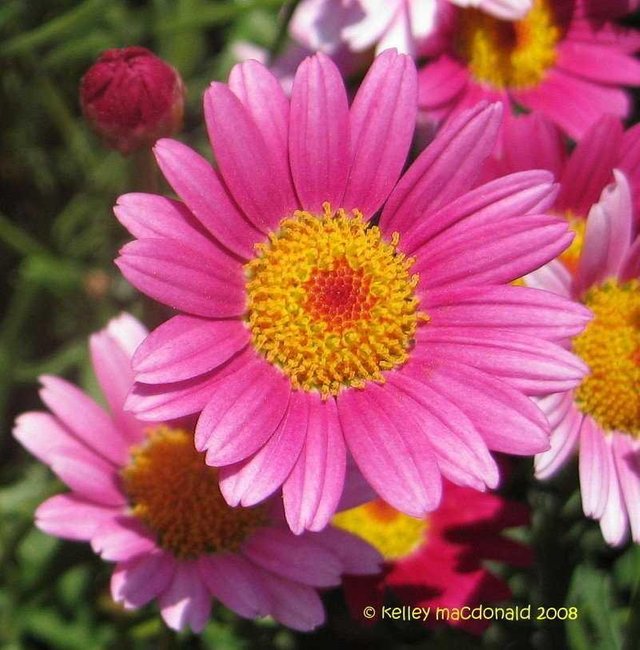
Marguerite daisy is a popular plant which can be seen in garden in winters and spring. This evergreen perennial subshrub is native to the Canary Islands, where it survives in sunny rough-sloped terrain and oceanside plant communities. In temperate zones, where the winters are too cold for survival, Marguerite daisy is grown as a summer bedding annual. Marguerite daisy is erect, shrubby and clump-forming. The bright green, deeply lobed leaves are fern-like and emit a strong fragrance when crushed. Its daisies are produced above the foliage, and appear in spring, and can bloom almost all year-round in frost-free climates. The white flowers have yellow centers and may have single, semi-double or fully double rows of ray petals. There are many cultivars with colored blooms, including shades of pink, pale yellow and apricot. Flowering subsides in very hot weather and deadheading will prolong vigorous bloom.
Source:
Thanks to amazing post.
The first Pic is Coneflowers ( Echinacea). They are not Daisies, although they look similar. Nice comment.
Downvoting a post can decrease pending rewards and make it less visible. Common reasons:
Submit